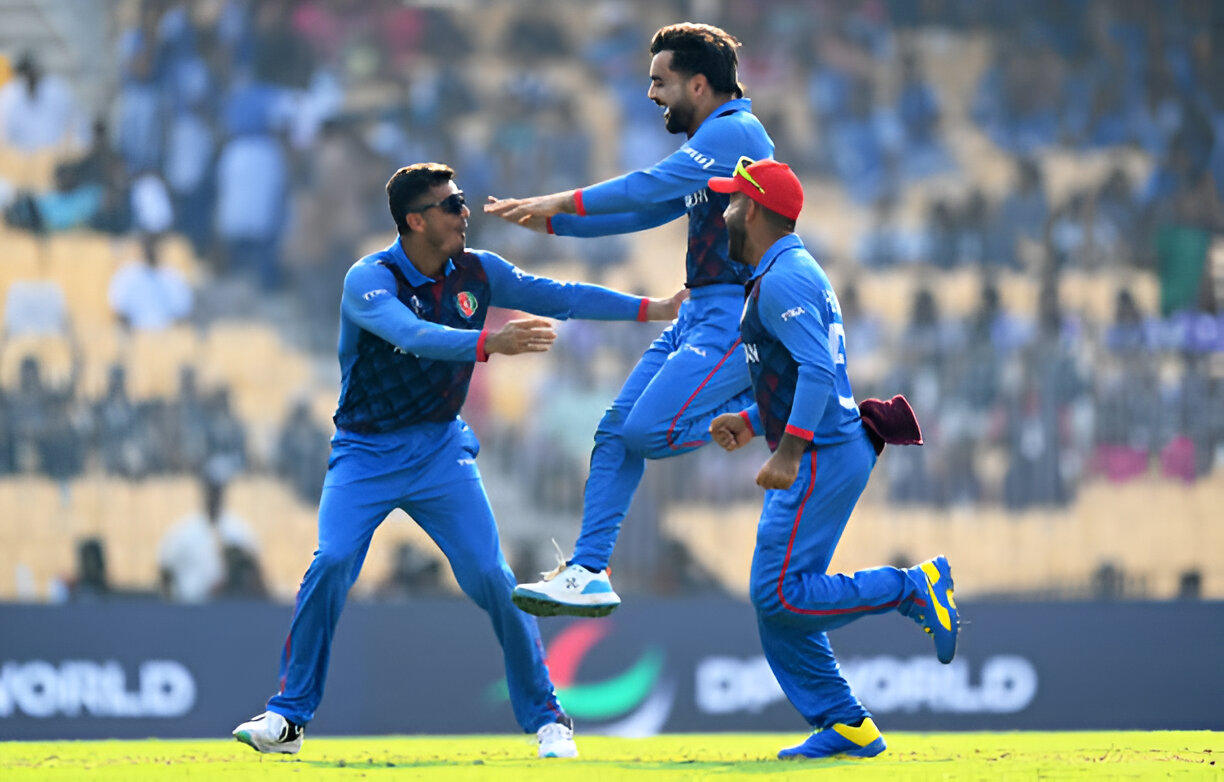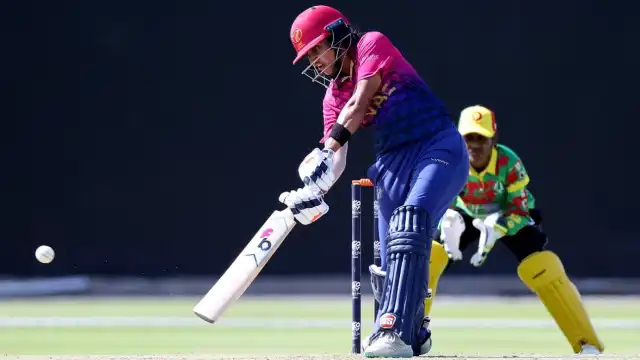Cricket has traditionally been dominated by a few powerhouse nations like India, Australia, England, and Pakistan. However, the global landscape of cricket is changing. Emerging cricket nations are making waves, showcasing talent, and expanding the sport’s reach to new regions. From thrilling performances in ICC tournaments to the rise of T20 leagues, these nations are demonstrating that cricket is no longer limited to traditional strongholds.
In this blog, we explore the scope and potential of emerging cricket nations, their recent achievements, challenges, and how they are shaping the future of the game.
1. Defining Emerging Cricket Nations
Emerging cricket nations are those countries that are relatively new to international cricket or are still developing their infrastructure and competitive standards. They may have limited experience in Test cricket but are increasingly participating in One Day Internationals (ODIs) and T20 matches.
Some notable emerging cricket nations include:
- Afghanistan
- Nepal
- Ireland
- Scotland
- United Arab Emirates (UAE)
- Netherlands
These nations have shown remarkable progress in a short period, challenging traditional cricket powerhouses and inspiring fans worldwide.
2. Afghanistan: The Fastest Rising Cricket Nation
Afghanistan’s cricket journey is nothing short of inspirational. From humble beginnings in refugee camps to competing against top-tier teams, Afghanistan has become a formidable force in T20 and ODI cricket.
Key highlights:
- Produced world-class players like Rashid Khan and Mohammad Nabi.
- Qualified for multiple ICC T20 World Cups.
- Strong performances in bilateral series against established nations.
The Afghan cricket vibe is full of passion and energy, showing how determination and talent can help emerging nations compete at the highest level.
3. Nepal: The Rising Stars
Nepal has made significant strides in international cricket over the last decade. The country’s cricket board is focusing on grassroots development and youth programs.
Achievements include:
- Participation in ICC T20 World Cup qualifiers.
- Development of young talents like Sandeep Lamichhane.
- Growing popularity of cricket among the youth, turning stadiums into vibrant cricket hubs.
Nepal represents the potential of cricket in South Asia beyond traditional powerhouses.
4. Ireland & Scotland: Strengthening European Cricket
European nations like Ireland and Scotland are gradually establishing themselves on the international stage. Ireland made headlines by defeating top teams in ICC events, while Scotland continues to improve its performance in T20 leagues.
Their progress highlights:
- The growth of cricket in non-traditional regions.
- Increasing fan interest in Europe.
- The potential to produce world-class players with proper infrastructure and training.
5. UAE & Netherlands: Expanding Cricket Horizons
The United Arab Emirates (UAE) and Netherlands are also making notable contributions to cricket’s expansion.
- UAE hosts international tournaments and has improved facilities, attracting global teams.
- Netherlands regularly competes in ICC tournaments, producing talents who can challenge established players.
These nations show that cricket is gaining global acceptance, even in regions without a traditional cricketing culture.
6. The Role of T20 Leagues
T20 leagues like the IPL, BBL, and CPL have opened doors for emerging cricket nations. Players from Afghanistan, Nepal, and Ireland get opportunities to play alongside and against international stars.
Benefits include:
- Exposure to high-level competition.
- Opportunities to learn from experienced players and coaches.
- Global fan recognition and growth of cricket culture in home countries.
T20 leagues act as platforms for talent development and international exposure, accelerating the growth of emerging nations.
7. Challenges Faced by Emerging Nations
Despite the progress, emerging cricket nations face certain challenges:
- Limited infrastructure: Adequate stadiums, training facilities, and academies are still under development.
- Funding issues: Financial support for cricket boards and players can be limited.
- International exposure: Fewer opportunities to play against top-ranked teams.
- Talent retention: Players often face hurdles in balancing professional cricket and other commitments.
Overcoming these challenges requires strategic planning, investment, and collaboration with established cricketing bodies.
8. Opportunities & Future Scope
The future for emerging cricket nations looks promising. Key opportunities include:
- ICC Support: Programs for training, infrastructure, and international tournaments.
- Youth Development: Focus on academies, grassroots programs, and school cricket.
- Media & Streaming: Broadcasting matches globally to build fanbases.
- T20 Leagues Participation: Offering exposure and financial opportunities to players.
With these initiatives, emerging nations can enhance competitiveness and contribute to making cricket truly a global sport.
Conclusion: A New Era in Global Cricket
The rise of emerging cricket nations is transforming the sport. Countries like Afghanistan, Nepal, Ireland, and the UAE are proving that passion, talent, and dedication can overcome traditional barriers. T20 leagues, ICC programs, and grassroots initiatives provide a solid platform for these nations to shine.
For cricket fans, this means more thrilling matches, unpredictable outcomes, and a broader, more inclusive cricketing world. The scope for emerging cricket nations is immense, and as they continue to grow, the global vibe of cricket becomes more exciting and diverse than ever before.




